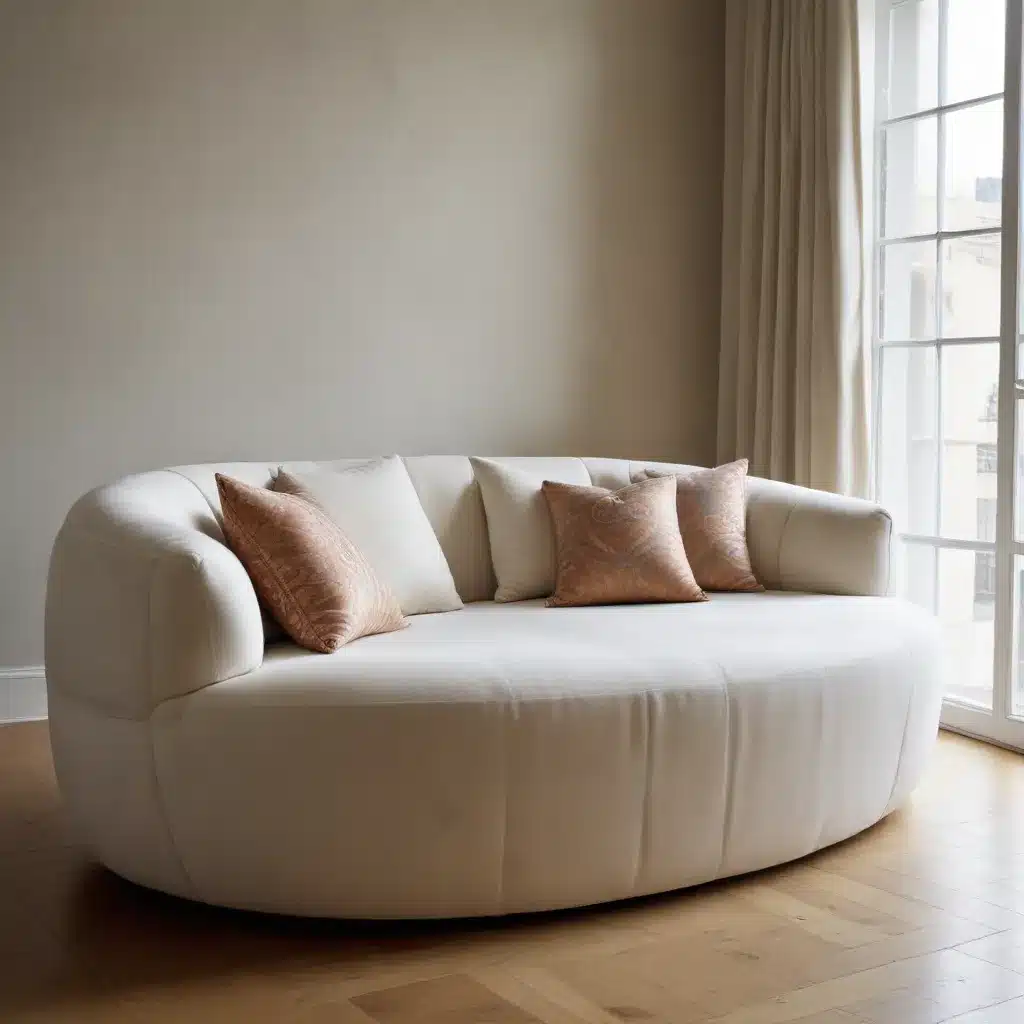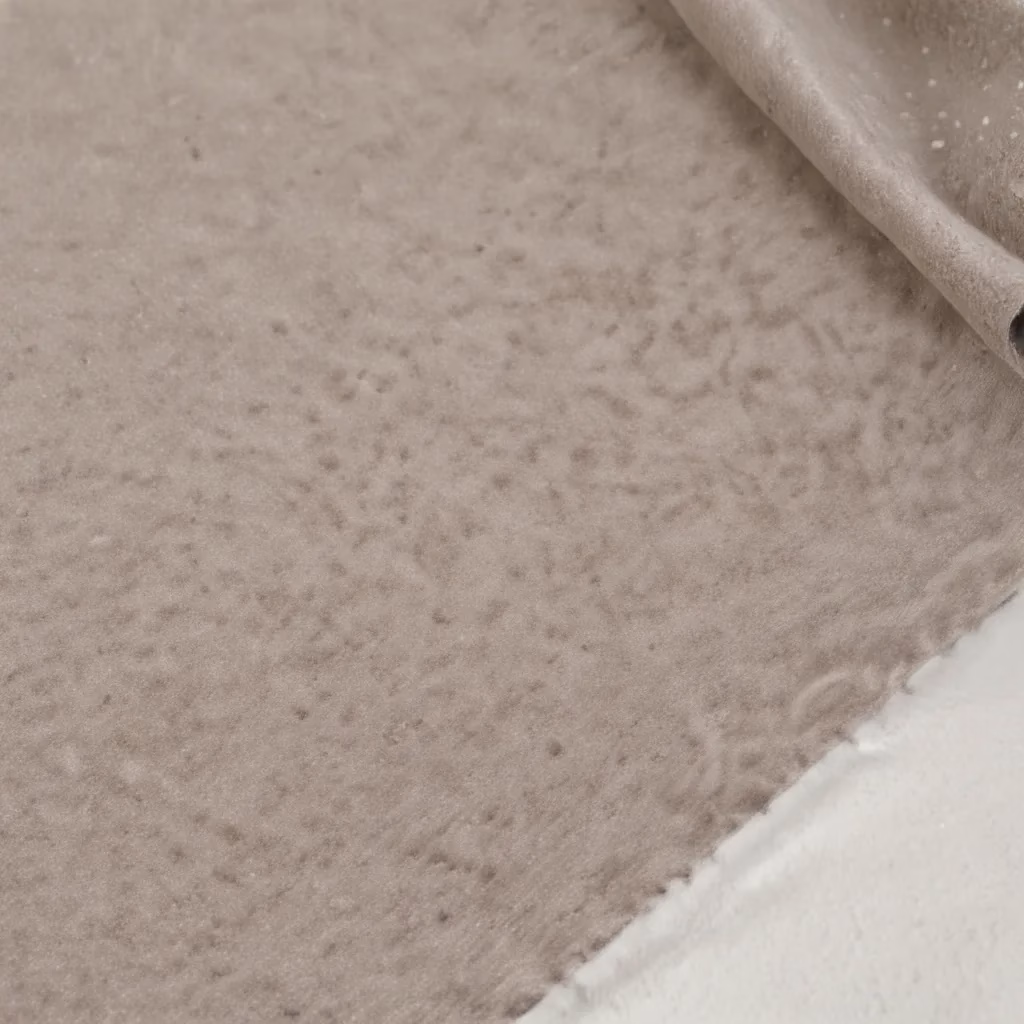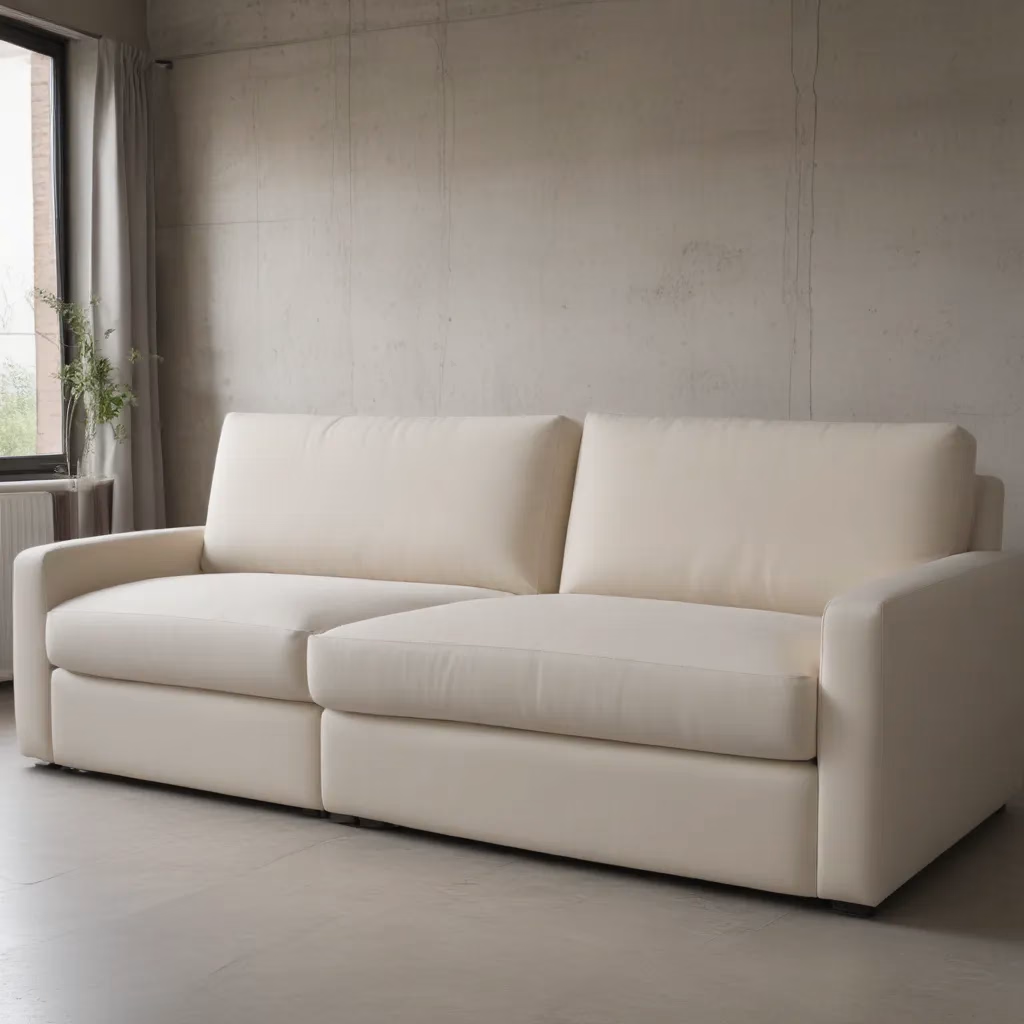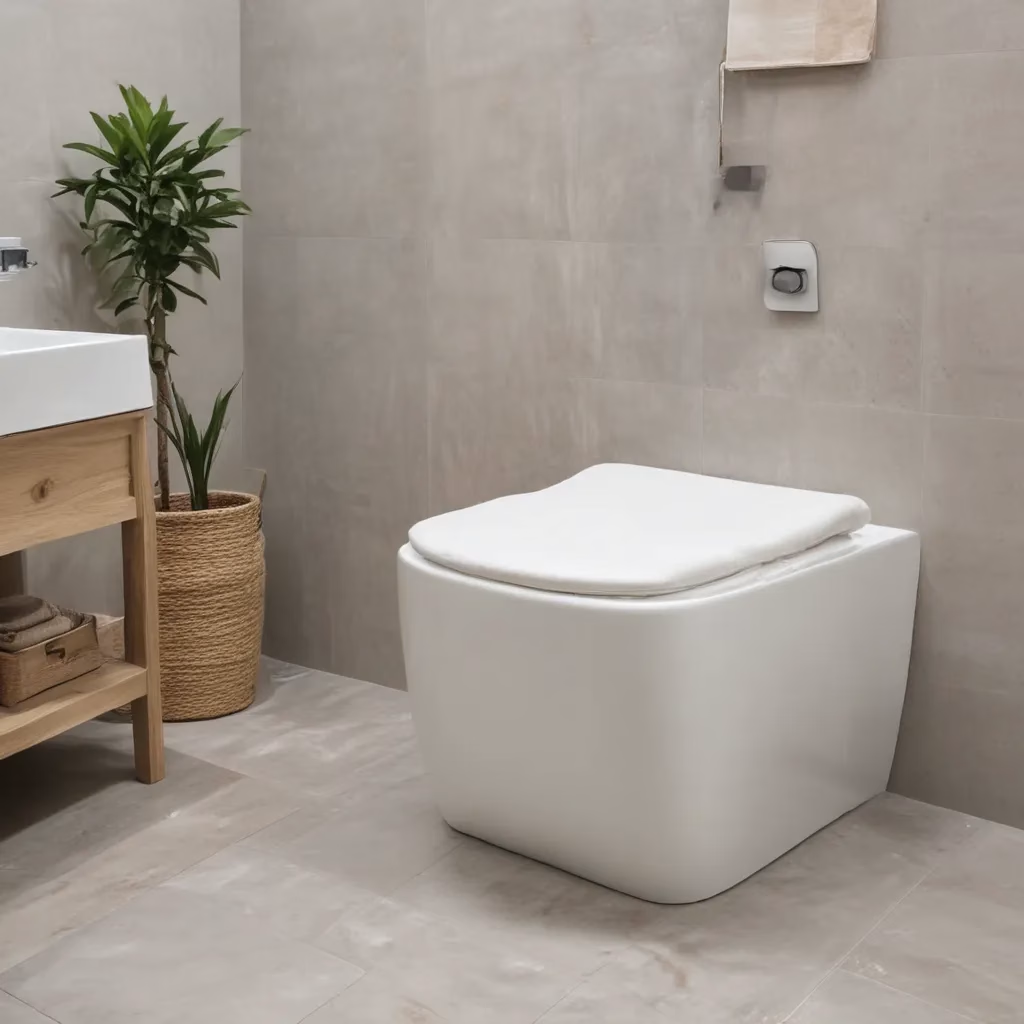
The Art of Selecting Luxurious Sofa Fabrics
As a furniture specialist with years of experience, I’ve had the pleasure of witnessing countless living rooms transformed by the perfect sofa. One of the most crucial aspects of choosing a sofa is selecting the right upholstery fabric. It’s not just about aesthetics; the fabric you choose can make or break your comfort level and the longevity of your investment.
When I guide clients through the fabric selection process, I always start by asking them to consider their lifestyle. Do you have children or pets? Are you prone to spills, or do you entertain frequently? These factors will heavily influence the type of fabric that’s best suited for your needs. For instance, I once worked with a young family who loved the look of light-colored linen but were concerned about stains. We opted for a performance fabric that mimicked the appearance of linen but offered superior stain resistance.
Another important consideration is the texture of the fabric. I encourage my clients to run their hands over different swatches, feeling the softness, the weave, and the overall texture. There’s something incredibly satisfying about sinking into a sofa covered in a plush, velvety fabric. On the other hand, a crisp, tightly woven cotton can offer a clean, tailored look that’s perfect for more formal settings.
Understanding Fabric Durability and Maintenance
When it comes to sofa fabrics, durability is key. I always advise my clients to look for fabrics with high rub counts. The rub count, typically measured in the thousands, indicates how many times the fabric can be rubbed before it shows signs of wear. For high-traffic areas or homes with children and pets, I recommend fabrics with a rub count of at least 25,000.
Maintenance is another crucial factor to consider. Some fabrics require professional cleaning, while others can be easily spot-cleaned at home. I remember working with a client who fell in love with a beautiful silk blend fabric. While it looked stunning, I had to explain that it would require professional cleaning after even minor spills. We eventually settled on a more practical microfiber that offered a similar sheen but was much easier to maintain.
Here’s a quick comparison of some popular upholstery fabrics and their characteristics:
| Fabric Type | Durability | Maintenance | Best For |
|---|---|---|---|
| Leather | High | Easy | Formal settings, homes without pets |
| Microfiber | High | Easy | Homes with children and pets |
| Cotton | Medium | Moderate | Casual settings, various prints |
| Linen | Low | Difficult | Formal settings, light use |
| Velvet | Medium | Moderate | Luxurious look, cooler climates |
The Impact of Color and Pattern on Your Space
Choosing the right color and pattern for your sofa fabric can dramatically impact the overall feel of your room. I always encourage my clients to think beyond their current decor and consider the long-term. A neutral-colored sofa can serve as a versatile foundation that allows you to change up your room’s look with accessories and accent pieces.
That being said, don’t be afraid of bold colors or patterns if that’s what speaks to you. I once worked with a client who was hesitant about choosing a vibrant floral print for her sofa. We compromised by using the print on a sectional piece, which became a stunning focal point in her otherwise neutral living room.
When selecting patterns, scale is crucial. A large-scale pattern can make a small room feel even smaller, while a small-scale pattern might get lost on a large sofa. I always recommend bringing fabric swatches home and viewing them in your space at different times of day to see how the light affects the color and pattern.
The Role of Texture in Creating Comfort
Texture plays a significant role in creating a cozy, inviting atmosphere. I often advise my clients to mix textures within their living space to add depth and interest. A smooth leather sofa can be beautifully complemented by chunky knit throw pillows, for example.
When it comes to the sofa itself, the texture of the upholstery fabric can greatly enhance comfort. Bouclé fabrics, with their looped yarns, create a soft, nubby texture that’s incredibly inviting. I’ve had clients literally gasp with delight when they sit on a bouclé-covered sofa for the first time.
For a more formal look that doesn’t sacrifice comfort, I often recommend velvet. Modern performance velvets are surprisingly durable and easy to clean, while still offering that luxurious, soft-to-the-touch feel that many associate with high-end furniture.
Innovative Fabrics: Performance and Eco-Friendly Options
The world of upholstery fabrics is constantly evolving, with new innovations hitting the market regularly. Performance fabrics have come a long way in recent years. These fabrics are designed to resist stains, repel liquids, and stand up to heavy use without sacrificing style or comfort.
I recently worked with a client who runs a bed and breakfast. We chose a performance fabric for their common area sofas that not only looked great but could withstand the constant stream of guests. The fabric has a special treatment that allows most spills to be cleaned with just water, which has been a game-changer for their maintenance routine.
Eco-friendly fabrics are also gaining popularity, and for good reason. These fabrics are made from recycled materials or sustainable sources, reducing their environmental impact. I’ve been particularly impressed with some of the recycled polyester fabrics on the market. They have the look and feel of high-end synthetic fabrics but are made from recycled plastic bottles.
Customizing Your Sofa: Mixing and Matching Fabrics
One trend I’ve been loving lately is the mix-and-match approach to sofa upholstery. This involves using different fabrics on different parts of the sofa, such as the body, cushions, and pillows. It’s a great way to add visual interest and personalize your piece.
I recently worked on a project where we used a durable, neutral fabric for the main body of the sofa, a complementary pattern for the seat cushions, and a bold, contrasting fabric for the throw pillows. The result was a unique, custom look that perfectly reflected the client’s personality and style.
When mixing fabrics, it’s important to consider not just color and pattern, but also texture and weight. You want fabrics that complement each other and create a cohesive look. I always recommend starting with a main fabric and then choosing coordinating fabrics that pick up on colors or themes from the primary choice.
The Importance of Proper Care and Maintenance
Even the most durable fabrics need proper care to maintain their beauty and longevity. I always provide my clients with detailed care instructions for their specific fabric choice. Regular vacuuming is crucial for all types of upholstery fabrics, as it removes dust and debris that can wear down the fibers over time.
For spills, quick action is key. Blotting (never rubbing!) the spill immediately can prevent it from setting into the fabric. I recommend keeping a fabric-specific cleaning solution on hand for emergencies. For example, for a client with a wool blend sofa, we put together a cleaning kit with a gentle wool detergent and soft cloths.
Rotating cushions regularly can help prevent uneven wear, especially in high-use areas. I also suggest using arm covers and throws in areas that see the most use, like the spot where you always put your feet up while watching TV.
Seasonal Considerations in Fabric Selection
When choosing a sofa fabric, it’s important to consider the climate you live in and how it might affect your comfort throughout the year. In warmer climates or for use in sunrooms, I often recommend natural fibers like cotton or linen, which are breathable and cool to the touch.
For colder climates, fabrics with a bit of synthetic content can help retain warmth. Velvet and chenille are excellent choices for creating a cozy atmosphere in the winter months. I worked with a client in a mountain cabin who chose a plush chenille for their main living room sofa. It not only looked great with the rustic decor but also provided a warm, inviting spot for curling up by the fire.
It’s also worth considering how different fabrics interact with sunlight. Some fabrics, particularly natural fibers, can fade when exposed to direct sunlight over time. For rooms with lots of natural light, I often recommend performance fabrics with built-in UV resistance to maintain their color and integrity.
The Psychology of Fabric Colors and Textures
As a furniture specialist, I’ve always been fascinated by the psychological impact of different colors and textures in our living spaces. The fabric you choose for your sofa can significantly influence the mood and atmosphere of your room.
Cool colors like blues and greens tend to create a calm, relaxing environment. I once worked with a client who was renovating her home office. We chose a deep teal velvet for her reading nook sofa, which created a serene space for her to take breaks and recharge during the workday.
Warm colors like reds, oranges, and yellows can energize a space and stimulate conversation. These colors work well in social areas like living rooms or family rooms. However, it’s important to use them judiciously. I often suggest using warm colors as accents rather than covering an entire large piece like a sofa, as they can be overwhelming in large doses.
Neutral colors like beiges, grays, and whites are versatile and can create a sense of spaciousness. They’re an excellent choice if you like to change your decor frequently, as they provide a blank canvas for accessories and accent pieces.
Fabric Trends to Watch
While classic fabrics like leather and cotton will always have their place, I’m excited about some of the emerging trends in upholstery fabrics. One trend I’m particularly fond of is the use of textured fabrics with subtle patterns. These fabrics add visual interest without overwhelming the space.
Another trend I’m seeing is a return to natural, organic textures. Fabrics that mimic raw silk or unbleached linen are becoming increasingly popular. These fabrics bring a sense of warmth and authenticity to a space, perfect for creating a cozy, lived-in feel.
Sustainable fabrics are also on the rise. More and more of my clients are asking for eco-friendly options, and manufacturers are responding with innovative fabrics made from recycled materials or sustainable sources. I recently used a beautiful fabric made from recycled ocean plastic for a beach house project, which not only looked great but also aligned with the client’s environmental values.
Making the Final Decision
Choosing the perfect fabric for your sofa can feel overwhelming with so many options available. I always advise my clients to take their time with this decision. Order fabric samples and live with them for a few days. See how they look in different lights and how they feel against your skin.
Consider your lifestyle, your aesthetic preferences, and your long-term plans for the space. A sofa is a significant investment, and the right fabric can ensure that it remains a beloved part of your home for years to come.
Remember, there’s no one “perfect” fabric that works for everyone. What matters is finding the fabric that’s perfect for you and your home. With the right choice, your sofa can become more than just a piece of furniture – it can be a cozy cocoon that truly envelops you in comfort and style.
For more inspiration and expert advice on choosing the perfect sofa for your home, visit Sofa Spectacular. We’re here to help you create the living space of your dreams, one sumptuous fabric at a time.



